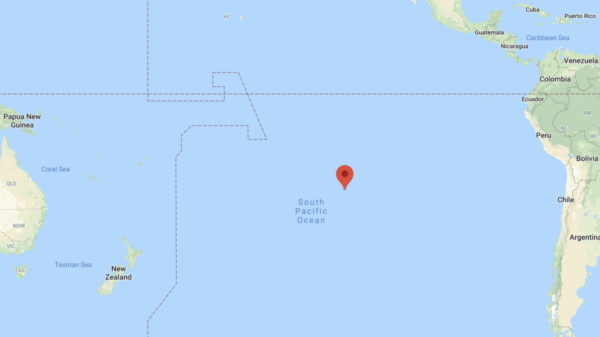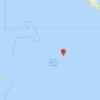In a bid to fight tax evasion and money laundering, the OECD developed CRS, an information exchange mechanism, and managed to convince most of the world’s countries to implement it. In this guide, I cover how CRS works and what is reported.
How CRS works
Tax Information Exchange Agreements (TIEAs) are fairly common and have been used for many years by countries in their fight against tax evasion. They allow one country to request the financial information of a tax payer, often to help a tax investigation, from another country. It is important to understand that TIEAs work on a pull basis. In plain English, they are not automatic. CRS, on the other hand, is automatic and its scope is broader, much broader. If you have a financial account (bank, brokerage etc) in one of the signatory countries, you automatically fall within its scope. All your balances and account details will automatically be reported to the tax authorities of your country of tax residency.
What is reported
There are two main implications in the context of location independence, one obvious and one surprising. The obvious one is that it is now crucial to ensure full compliance with tax law. Non-reporting or hiding funds is no longer an option, for most people at least. The surprising one is that it is now necessary to have a tax residency. Even if it were legal from a tax perspective, it is now practically impossible be a tax resident of nowhere, unless you can get by without any financial accounts (or by banking in the Congo). Banks will simply not accept “resident of nowhere” as an answer and telling them that you are the tax resident of your home country when you are not is deception and a crime in most countries (and may raise red flags in your home country). In most countries, the penalty for providing false information to a financial institution is A LOT more severe than that for tax evasion.
As for what is reported, this will vary depending on the type of account and whether it is a personal or business account. For a personal current / checking account, the account details will be reported (account number, type of account, name, address, tax ID, date of birth, country of birth, countries of tax residency) along with the total balance on the day of reporting (usually the 31st of December) and the amount of interests paid to the account during the reporting period. For a brokerage account, the same information will be reported along with additional information about gains (amounts paid into the account, for example). For most other types of account, annuity accounts for example, the same information will be reported along with the total value of the account and the total value of the payments made from the account. For a business account, the reporting will apply both to the countries of tax residency of the business itself and that of its owner(s).
Mitigation
The best way to mitigate the impact of the implementation of CRS is to become the tax resident of a low/no-tax country. As a tax resident, you will legally be entitled to use a tax ID from that country when opening new financial accounts (or when updating existing accounts). If properly structured, you can also significantly reduce your tax burden (or eliminate it entirely).


































